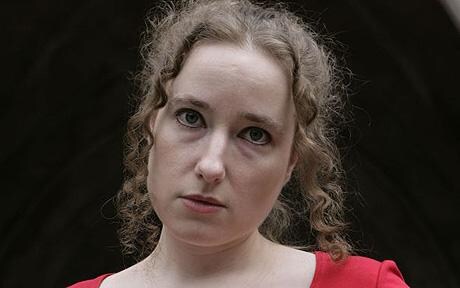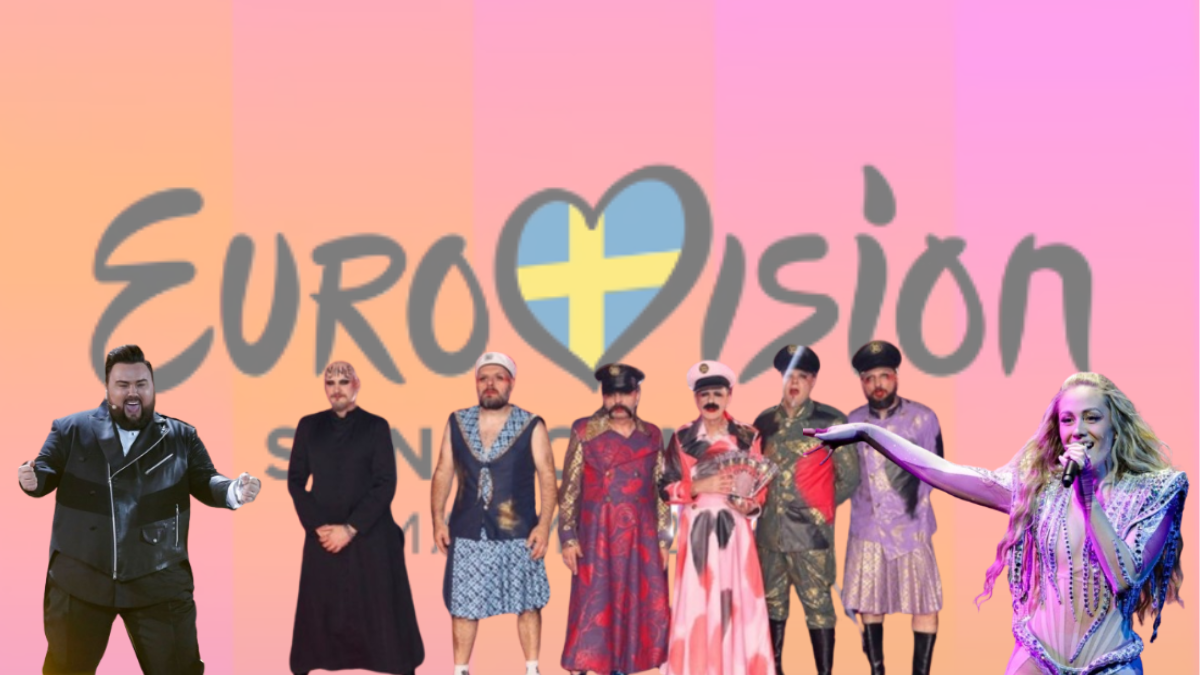International Asexuality Day: Dispelling Myths About Asexuality

Table of Contents
Debunking the Myth of Asexuality as a Choice
One of the most pervasive myths surrounding asexuality is the belief that it's a choice. This couldn't be further from the truth. Asexuality, like heterosexuality or homosexuality, is a sexual orientation – an inherent aspect of one's identity. It's not something someone decides to be; it's simply how they experience sexual attraction. Just as someone can't choose to be straight or gay, they can't choose to be asexual.
Societal pressure often contributes to this misconception. Individuals who don't conform to societal expectations regarding sex and relationships may be pressured to believe there's something "wrong" with them, leading them (and others) to assume asexuality is a deliberate choice or a phase. This is a harmful misunderstanding.
- Asexuality is a valid sexual orientation, just like heterosexuality or homosexuality.
- It's not a phase or a result of trauma; it's a consistent part of one's identity.
- It's not a medical condition requiring treatment. Asexuality is a natural variation of human sexuality.
Addressing the Myth of Asexuality as a Lack of Desire or Dysfunction
Another common misconception is that asexuality equates to a lack of libido or an inability to experience pleasure. This is entirely inaccurate. Asexuality refers specifically to a lack of sexual attraction. It's crucial to distinguish between different types of attraction:
- Sexual attraction: The desire for sexual activity with someone. Asexual individuals generally do not experience this.
- Romantic attraction: The desire for a romantic relationship with someone. Many asexual individuals experience this.
- Sensual attraction: Enjoyment of physical touch and intimacy. Asexual people can and often do experience sensual attraction.
- Libido: Sexual desire. Libido levels vary greatly among individuals, irrespective of sexual orientation. Some asexual individuals might have a high libido, seeking physical intimacy for reasons unrelated to sexual attraction.
Asexual individuals can have fulfilling romantic relationships, experience pleasure, and engage in sexual activity for reasons such as emotional intimacy or physical closeness. Their lives and relationships are as valid and rich as those of anyone else.
- Asexual people can have fulfilling romantic relationships, often prioritizing emotional connection.
- They can experience pleasure and intimacy through various non-sexual means, such as cuddling, kissing, or emotional bonding.
- They may engage in sexual activity for reasons other than sexual attraction, focusing on emotional intimacy or physical closeness.
Challenging the Myth of Asexuality as "Rare" or "Invisible"
The perception of asexuality as rare is a significant obstacle to acceptance. While precise statistics are difficult to obtain due to underreporting, studies suggest asexuality is far more common than many believe. The "invisibility" of asexual people is largely due to societal stigma and a lack of representation. Many asexual individuals remain closeted due to fear of judgment, discrimination, and misunderstanding.
The ace community deserves visibility and representation in media, education, and broader society. Increased awareness and understanding are crucial for fostering an inclusive and accepting environment.
- Asexuality is more common than many realize, although precise figures are challenging to determine due to underreporting and lack of widespread understanding.
- Many asexual people remain closeted due to the potential for stigmatization and discrimination.
- Increased visibility and representation in media and everyday life are vital for improving acceptance and understanding.
Understanding the Spectrum of Asexuality
Asexuality isn't a monolithic experience; it encompasses a diverse spectrum of identities and experiences. Terms like "demisexual," "gray-asexual," and others highlight this diversity:
- Demisexuality: Individuals who experience sexual attraction only after forming a strong emotional connection with someone.
- Gray-asexuality: Individuals who experience sexual attraction infrequently or under specific circumstances. They might fall somewhere between asexual and allosexual (experiencing sexual attraction).
- Aromanticism: Lack of romantic attraction. Many asexual individuals are also aromantic (aroace), but not all. Aromanticism is a separate orientation from asexuality.
Understanding the spectrum of asexuality is vital for challenging simplistic and inaccurate generalizations. The experiences of asexual individuals are as varied and unique as those of any other group.
Conclusion: Celebrating Asexuality and Promoting Understanding
International Asexuality Day provides an invaluable opportunity to address misconceptions surrounding asexuality, emphasizing that it is a valid and natural sexual orientation, not a choice, a lack of desire, or a rarity. We have debunked myths about asexuality being a choice, a lack of desire or dysfunction, and its perceived rarity. We've also explored the spectrum of asexuality, highlighting the diverse experiences within the ace community.
Let's celebrate the richness and diversity of human sexuality and work towards a more inclusive and accepting world for asexual individuals. Learn more about asexuality on International Asexuality Day and beyond! Let's work towards a more inclusive and understanding world for asexual individuals, promoting asexual awareness and advocating for asexual rights. Support the ace community and help build a world where everyone feels seen, understood, and respected.

Featured Posts
-
 Brockwell Park Legal Battle Campaigner Secures Victory
May 19, 2025
Brockwell Park Legal Battle Campaigner Secures Victory
May 19, 2025 -
 Did Scarlett Johansson And Colin Jost Get Revenge On Snl The Roast Beef Joke Fallout
May 19, 2025
Did Scarlett Johansson And Colin Jost Get Revenge On Snl The Roast Beef Joke Fallout
May 19, 2025 -
 10 Najgorih Rezultata Hrvatske Na Eurosongu Povijesni Pregled
May 19, 2025
10 Najgorih Rezultata Hrvatske Na Eurosongu Povijesni Pregled
May 19, 2025 -
 Mbappes Arsenal Display Prompts Real Madrid To Pursue Alternative Transfer Strategies
May 19, 2025
Mbappes Arsenal Display Prompts Real Madrid To Pursue Alternative Transfer Strategies
May 19, 2025 -
 Suspensao De Sinner Termina Tenista Italiano Compete Em Hamburgo
May 19, 2025
Suspensao De Sinner Termina Tenista Italiano Compete Em Hamburgo
May 19, 2025
